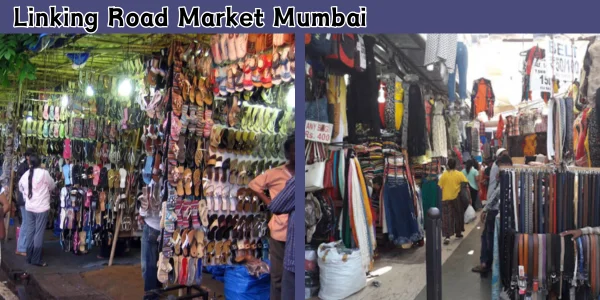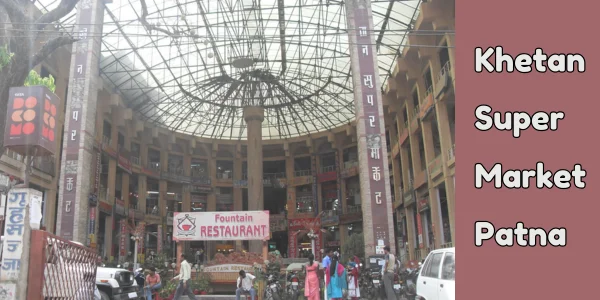India is home to many religious customs and traditions. Among them are festivals that deeply resonate with the roots of Indian culture. Festivals spread a sense of joy, happiness, and enthusiasm among people. They bind people of all religions together and help preserve their heritage. Here is a quick guide to some of India’s top 10 biggest festivals to cherish in 2024.
1. Diwali
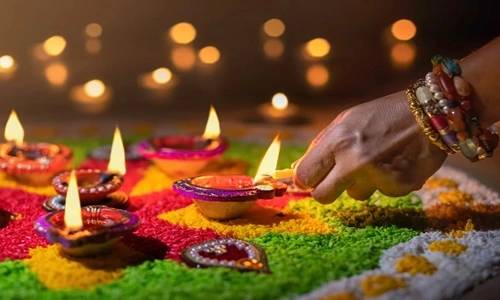
Diwali is the festival of Lights. The majority of the Indian Population celebrates it. Diwali marks the return of Shri Ram to Ayodhya after a 14-year old vanvas. People decorate houses with beautiful Diwali lanterns, burn lamps, and prepare traditional sweets. Small children enjoy burning crackers. Lord Ganesha and Goddess Lakshmi are worshipped across the country. Families gather together to spread love, joy, and happiness. It is a festival that lasts up to five days.
2. Navratri
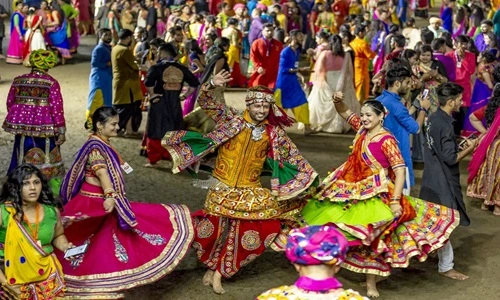
Navrati is among the biggest festivals in India. Nava means ‘9’, ra means ‘night,’ and tri depicts three elements: Body, mind, and soul. It is a 9-day festival that celebrates the feminine energy of Goddess Shakti. The first three days are devoted to Goddess Saraswati, who gives music, art, speech, wisdom, and learning. Meanwhile, the second three nights are dedicated to the goddess Lakshmi, the goddess of good fortune and wealth.
The last three days are dedicated to Goddess Durga, one who bestows the devotee with courage and destroys evil and negativities from the world. People worship this goddess in various ways, like visiting a temple, fasting, meditating, and praying. Garba and Dandiya are performed, which is a dance form of Gujrat. There are vibrant colors devoted to these nine days, which few people follow religiously every year.
3. Ganesh Chaturthi
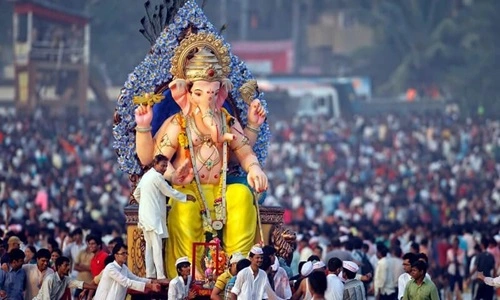
Lord Ganesh is an elephant-headed Hindu deity. He is the supreme god and is worshipped in Ganesh Chaturthi. It is a 10-day festival celebrated by bringing various Ganesh idols to home and public pandals throughout India. Ganesh Chaturthi is celebrated with enthusiasm in Maharashtra, especially in Mumbai. People offer bags of food and sweets to Ganesh idols every ten days. On the fifth or sixth day, Maa Gauri, the mother of Lord Ganesha, is also worshipped along with him. Then, on the final day, the beautiful Ganesha idol is submerged in water bodies. Submerging the water in the ocean or sea symbolizes Lord Ganesh leaving Earth and returning to his family in heaven.
4. Holi
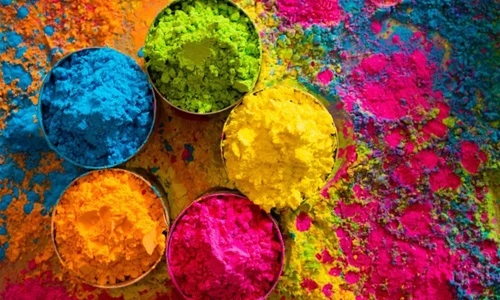
Holi is the festival of colors celebrated with great zeal all over India. Holi marks the victory of good over evil and encourages feelings of forgiveness and love. People throw color balloons and apply colors on each other. On the other hand, children play with colored water filled with pichkaris (Water pistons). There are street parties where music, live orchestra, dance, and laughter fill the air. Thandai and Ghujiya are the must-try foods in Holi.
5. Dusshera
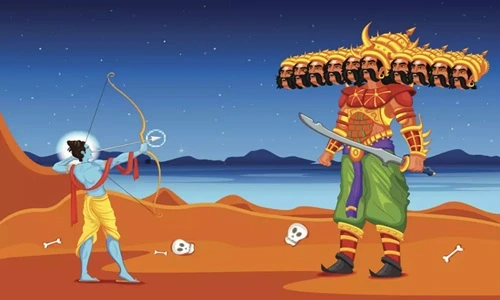
Dussehra is an important festival that occurs on the 10th day of Navratri. This tenth day marks the victory of Lord Rama over Ravan. People perform Ramlila and Ramayan in several parts of India. Dusshera celebrates good over evil. It also marks the end of the spring season and the onset of the winter season.
6. Maha Shivratri
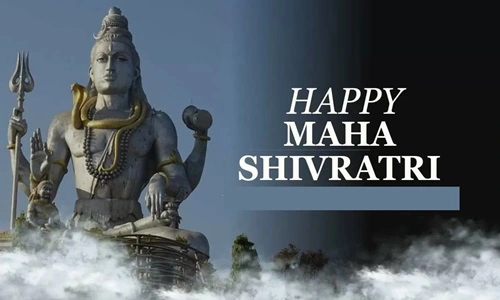
Mahashivratri is the auspicious night that falls on the 14th day of the Krishna paksha. It is dedicated to Lord Shiva, this universe’s supreme protector and destroyer. It is a festival for self-realization and introspection of mind and soul. People get up early in the morning, take holy baths, and offer panchamrit to the Shiv Pindi. Devotees stay awake on this biggest night and recite shlokas, sing hymns of the panchakshari mantra ‘Om namah shivay,’ and offer prayers to the supreme lord.
Some legends associated with Mahashivratri are that Lord Shiva drank the poison obtained during Ocean churning ( Samudra Manthan). Another says that this is the day Shivji performed his first dance form in a Natraj pose. The most prominent one is the Marriage of Lord Shiva with Goddess Parvati, which took place on the auspicious day of Mahashivratri.
7. Janmashtami
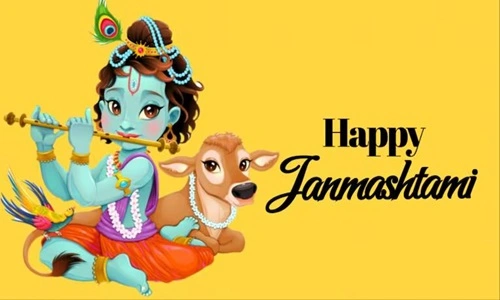
As per Sanatan Dharma, Janmashtami marks the birth of Lord Krishna, the eighth avatar (incarnation) of Sri Vishnu. It is celebrated on the eighth day of Bhadrava month per the Hindu calendar. People keep fast on this day, visit Krishna temples, and offer bhogs to the idol of Lord Krishna. Various folk dances are performed on the life of Lord Krishna. This day lasts for two days. The main highlight is the Dahi Handi (clay pot with butter), hanging high up in the air through a rope broken with a stick.
8. Ramadhan
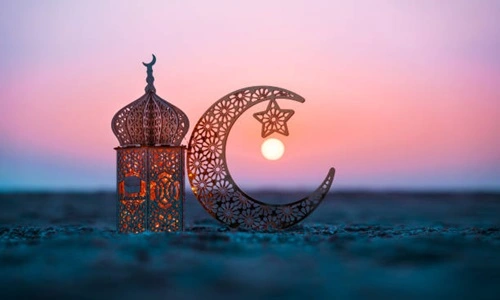
Ramadhan, also known as Eid-ul-Fitr, is a religious festival of the Islamic community. It marks the end of Ramadhan, a sacred fasting month for Muslims. Eid is the day the crescent moon is spotted. People offer prayers at the mosque, wear new clothes, and prepare lavish feasts at home. Shir Kurma and Sevaiya, a Muslim specialty during Eid, are prepared with love and care. Mosques, dargahs, and community markets are decorated with lights.
9. New year
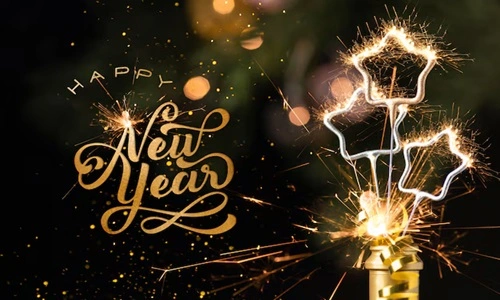
In the Hindu calendar, this new year is celebrated on the first week of Chaitra month. This festival is celebrated with different names across India, like Makarsankranti, Thai Pongal, Baisakhi, Ugadi, Magh Bihu, Pedda Panduga and Sukarat. It marks the beginning of winter and the arrival of longer days in the sun’s transit into the Capricorn constellation. People celebrate this day by offering water to the sun god, playing with kites, dipping in the holy water of Gange, and preparing delicacies.
10. Christmas
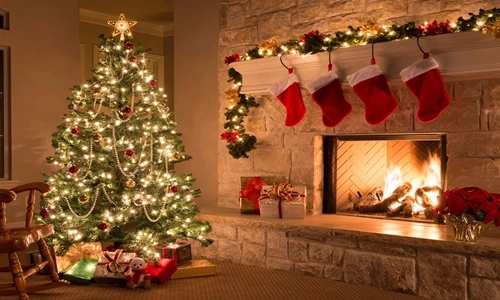
Christmas is one of the biggest festivals in India and is celebrated on 25th December. This day marks the birth of Lord Jesus Christ. People make delicious savories and cakes on this day. Churches are beautifully decorated, where Christians offer prayers and sing beautiful carols. A festive spirit is in the air since Christmas is followed by the new year. Christmas trees are encrusted with buntings, and the best part is where a Santa Claus arrives with gifts and goodies for children.
Conclusion
India’s festivals offer a rich tapestry of tradition that reflects its culture and religious heritage. From the dazzling lights of Diwali to the devotional spirit of Maha Shivratri, each celebration provides a unique window into India’s soul.
